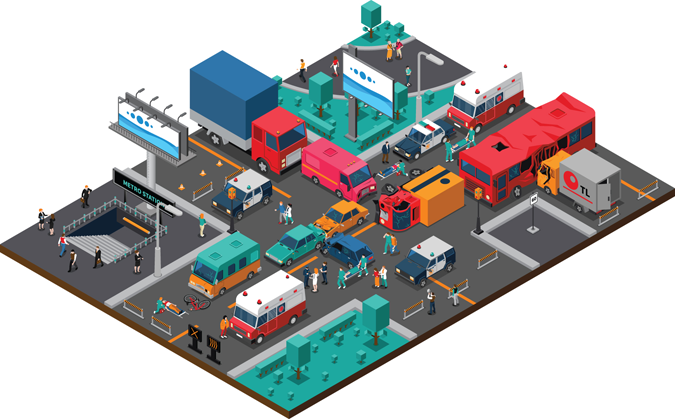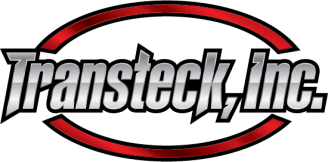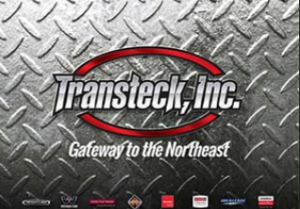
Telematics plays a significant role in fleet management as the metrics they gather can be used to improve logistics; however, a growing trend among trucking industry professionals has been to employ telematics for fleet safety.
Specifically, video telematics has become an essential tool for trucking safety professionals and managers who can use the data provided by these systems to assess risk and gather evidence in the event of an incident.
How Do Video Telematics Work?
Video telematics typically utilizes cameras installed around various points of a rig to monitor and record activity. These cameras may be front-facing, driver-facing, or cargo-facing, but some systems incorporate a mix of these camera placements. Video can be monitored in real-time, but it can also be reviewed later, depending on your setup.
How Video Telematics Can Help
Cameras can improve fleet safety in a number of ways, including by providing managers with the ability to see the status of cargo. Data can be passed along to drivers if a problem is noticed to address the issue before the load arrives to the customer.
Likewise, data gathered from video recordings can be used to direct driving safety training efforts. If a particular area of concern seems to keep coming up among all drivers based on in-cab video, the solution can be included in future driver training programs.
Lastly, if an accident occurs, cameras can record and preserve evidence to ensure that drivers are not accused of wrongdoing when they are not at fault. This is particularly helpful if an accident or injury occurs and a lawsuit is filed against a driver or trucking company.
The Drawbacks of Cameras in the Cab
Although cameras have a lot to offer in terms of safety, they do have some drawbacks. First, the upfront cost to install the cameras and monitoring components is a budgeting factor. Next, many drivers don’t like the thought of being monitored while on the job. Lastly, you may need to pay an ongoing fee for capture storage.
None of these issues are insurmountable, but they should be considered when deciding whether to implement video telematics in your fleet.
To read the full article, click below.


